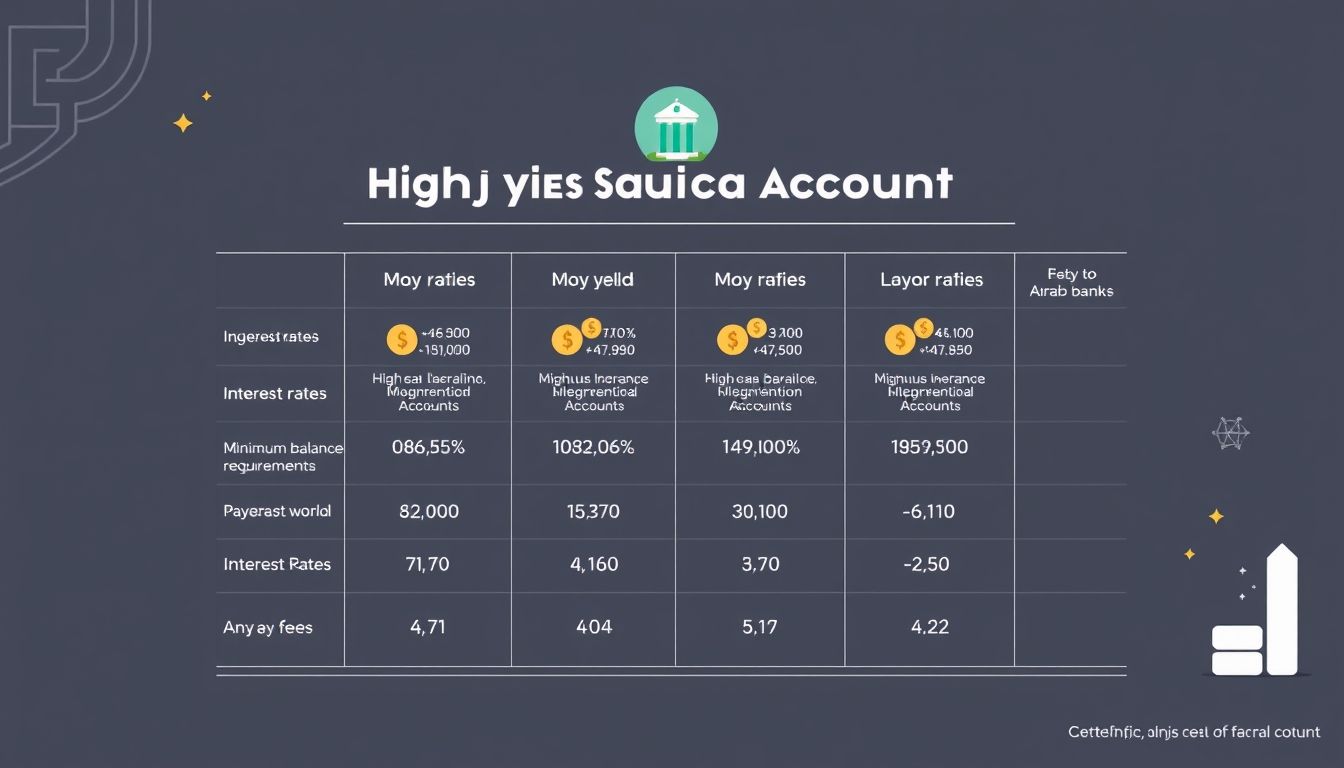Introduction: Challenges and Opportunities in the World of Variable Income
Working on a piecework or commission basis offers flexibility and independence, but it poses challenges to financial stability. Income fluctuations make planning for the future complicated, but with the right strategies, these challenges can be turned into opportunities.
Chapter 1: Understanding the Nature of Irregular Income
Analyzing Historical Income
The first step is to collect income data for past months and years. Use spreadsheets or financial apps to track income and expenses. This analysis reveals seasonal patterns or peak and trough periods.
Identifying Key Income Sources
Identify the sources that contribute the most income. Are they specific clients? Specific products? Knowing these sources helps focus efforts and predict future income.
Chapter 2: Creating a Flexible Budget
"Maximum" and "Minimum" Budget
Instead of a fixed budget, create two budgets: one based on the maximum expected income and the other on the minimum. This ensures that basic expenses are covered even during periods of low income.
Allocating Variable Expenses
Identify expenses that can be reduced or eliminated during periods of low income, such as entertainment or unnecessary subscriptions. Be prepared to reduce these expenses when needed.
Chapter 3: Emergency Fund: The Cornerstone of Financial Stability
Determining the Appropriate Size of the Emergency Fund
Aim to save enough to cover living expenses for at least 3-6 months. This provides a safety net in case of income loss or unexpected expenses.
Where to Put the Emergency Fund?
Choose a high-yield, easily accessible savings account. Avoid investing the emergency fund in high-risk assets.
Chapter 4: Debt Repayment: A Path to Financial Freedom
Prioritizing Debts
Focus on paying off debts with the highest interest rates first, such as credit cards. This saves money in the long run and reduces financial stress.
Debt Repayment Strategies
Use the snowball method (paying off the smallest debts first) or the avalanche method (paying off the debts with the highest interest rates first). Choose the method that suits you and stick to it.
Chapter 5: Smart Investing: Building Wealth in the Long Term
Investing in Index Funds
Index funds provide instant diversification at a low cost. Invest in funds that track broad market indices such as the S&P 500 or local market indices.
Real Estate Investing
Real estate investing can be a source of passive income, but it requires careful research and good management. Consider investing in Real Estate Investment Trusts (REITs) as a less risky alternative.
Chapter 6: Retirement Planning: Securing Your Future
Calculating the Required Retirement Amount
Use a retirement calculator to estimate how much you need to retire based on your expected lifestyle. Consider inflation and life expectancy.
Retirement Options for Self-Employed Individuals
Explore options like a SEP IRA or Solo 401(k). These accounts allow you to defer taxes on retirement savings.
Chapter 7: Insurance: Protecting Against Unexpected Risks
Health Insurance
Health insurance is essential to protect yourself from exorbitant medical costs. Compare different plans and choose the one that suits your needs and budget.
Life Insurance
If you have dependents, life insurance provides them with financial protection in case of your death. Choose an insurance policy that covers their expenses and future needs.
Chapter 8: Tax Management: Reducing the Tax Burden
Tracking Deductible Expenses
Keep accurate records of all business-related expenses, such as office costs, supplies, and travel. These expenses can be deducted from your income to reduce taxes.
Taking Advantage of Tax Deductions
Consult a tax professional to take advantage of all available tax deductions and exemptions.
Chapter 9: Skill Development and Income Enhancement
Investing in Education and Training
Learning new skills can increase your value in the market and open up new opportunities to earn money. Look for training courses and workshops relevant to your field of work.
Building a Strong Network
Connect with others in your field and maintain good relationships with clients and colleagues. These relationships can lead to new job opportunities and increased income.
Chapter 10: Automation and Digital Tools: Saving Time and Effort
Using Money Management Apps
Apps like Mint or Personal Capital help you track income and expenses and manage your budget easily.
Automating Payments and Invoices
Use online payment tools and automate invoicing to save time and effort and reduce the risk of late payments.
Conclusion: Saving for freelancers and commission-based workers requires careful planning and commitment to sound financial strategies. By understanding the nature of irregular income, creating a flexible budget, building an emergency fund, and investing wisely, you can achieve financial stability and secure your future.




